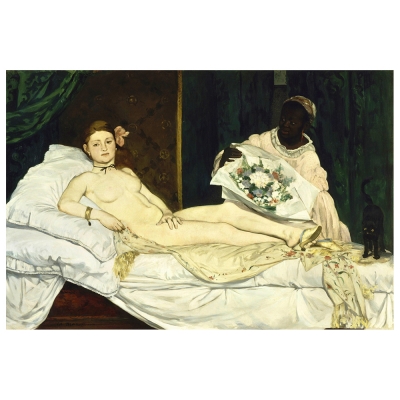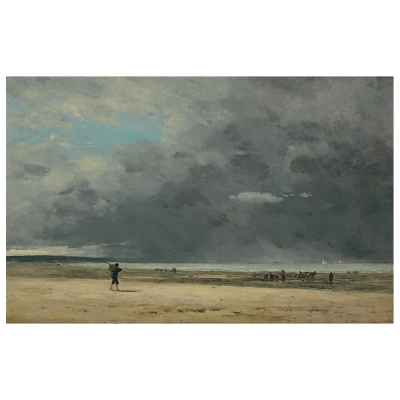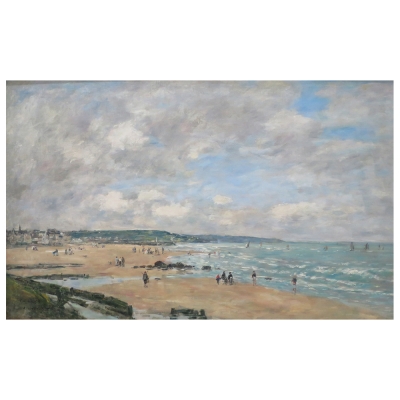"The Races at Longchamp" by Manet: analysis of the work

06/08/2020
Born on 23 January 1832 in Paris, where he also died on 30 April 1883, Édouard Manet was one of the greatest Pre-Impressionist painters. From a well-educated and wealthy family, during his life Manet produced numerous works that today are priceless and among them there is the painting "The Races at Longchamp".
An innovative painting
"The Races at Longchamp" is considered an innovative picture, as it has some characteristics that will consecrate this painter as one of the most influential of his period.
Made in 1866, this canvas is 84.5 cm long and 43.9 cm high. The painting is currently kept at the Art Institute of Chicago and is one of the first works to resemble a photograph, an invention of those years.
Analysis of the painting
Looking at this canvas the first thing you notice is the fact that in this case the artist used a totally different point of view than he had previously done when he painted other scenes at the racecourse. In fact, this time the observer is right in the middle of the track and it seems that the horses are running towards him, which is a real novelty.
Another novelty concerns the other subjects in the painting. Precisely everything that surrounds the scene, which takes place in the middle of the track. In this work, Édouard Manet pays the greatest attention to the main scene, that is to say the scene of the horses, and in order to convey clearly the speed of the animals and the sensations experienced, he chooses to blur the other subjects slightly.
If you look closely at the painting, you can see that Manet has decided to portray the moments before the finish line. The pole on the side and the agitation of the people present at the racecourse, as well as the speed of the horses, which can be clearly perceived, show that this is the scene preceding the end of the race.
No longer as static as the artist's previous paintings, "The Races at Longchamp" is a dynamic painting that marks the passage to a new era of painting. Before creating this picture, Manet had already made a similar work, but in watercolour, and today this work is preserved in Cambridge (Harvard University), in the Fogg Art Museum.
"The Races at Longchamp" represents a novelty for 19th century painting, a period in which photography is progressing. From this moment on, Manet and many other artists will often draw inspiration from the art of photography, changing their painting style and creating works that will increasingly resemble real photographs.
Other works by Édouard Manet
Among the most important works made by Manet we remember "The absinthe drinker" dated 1859 which nowadays is kept at the Ny Carlsberg Glyptotek in Copenhagen, "Breakfast on the grass" and "Olympia" dated 1863 (Musée d'Orsay in Paris). Equally important is "The Piper". Created in 1866, "The Railway" dated 1872-1873 which is kept at the National Gallery of Art in Washington or "Argeteuil", an oil on canvas kept at the Musée des Beaux-Arts in Tournai.
Article by: Aurora Caraman









